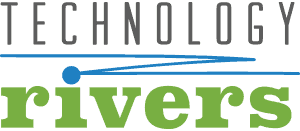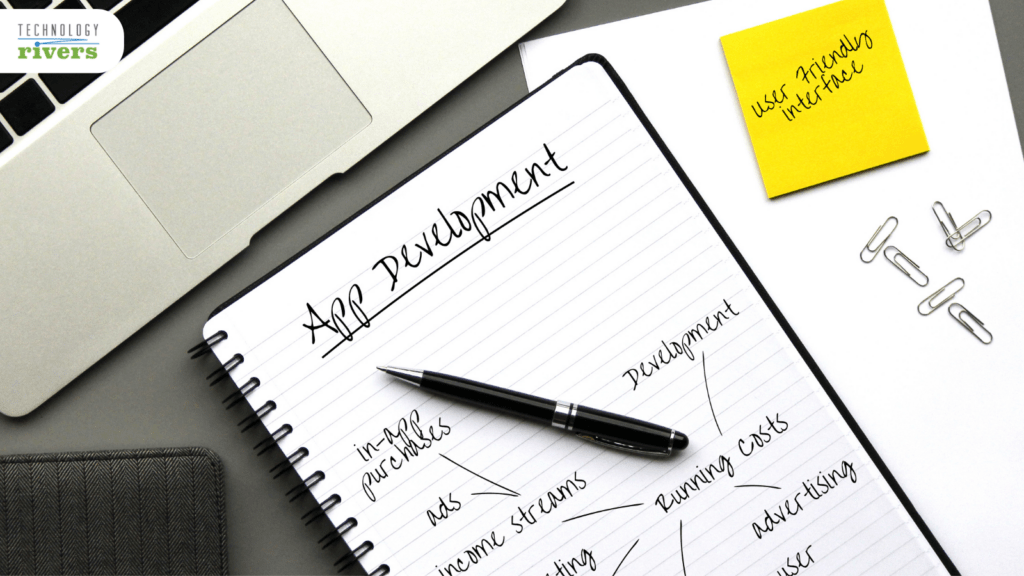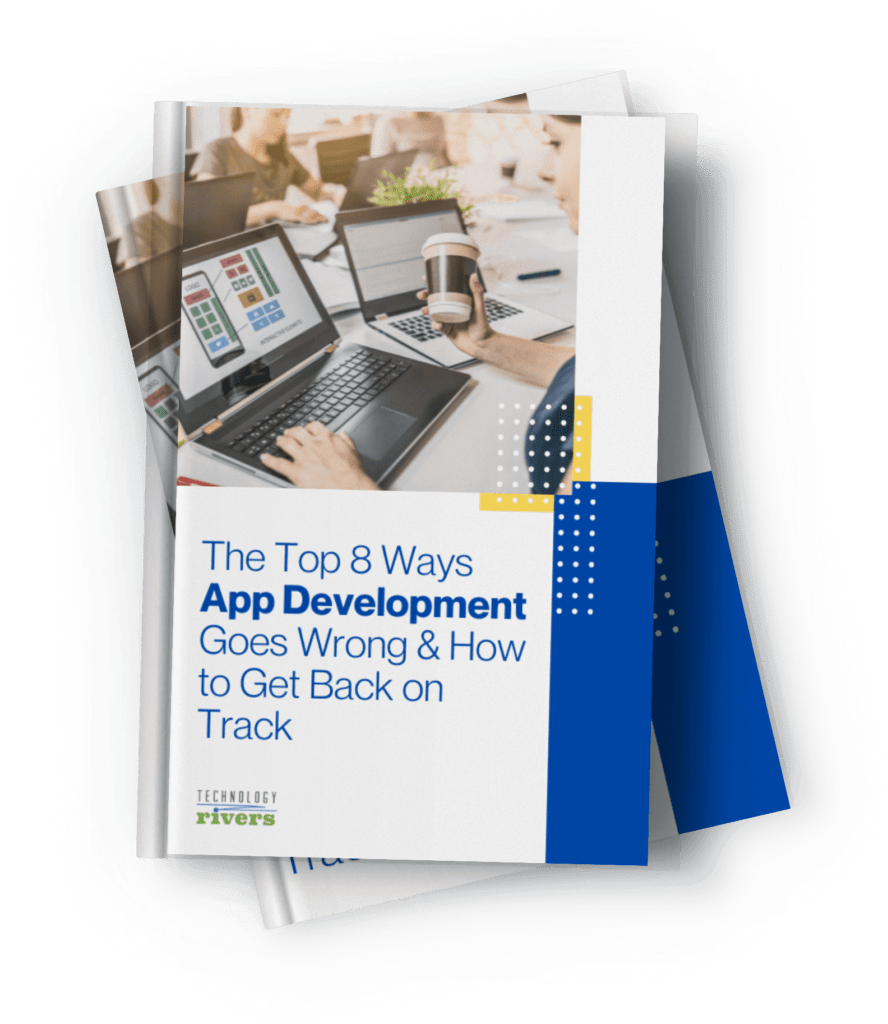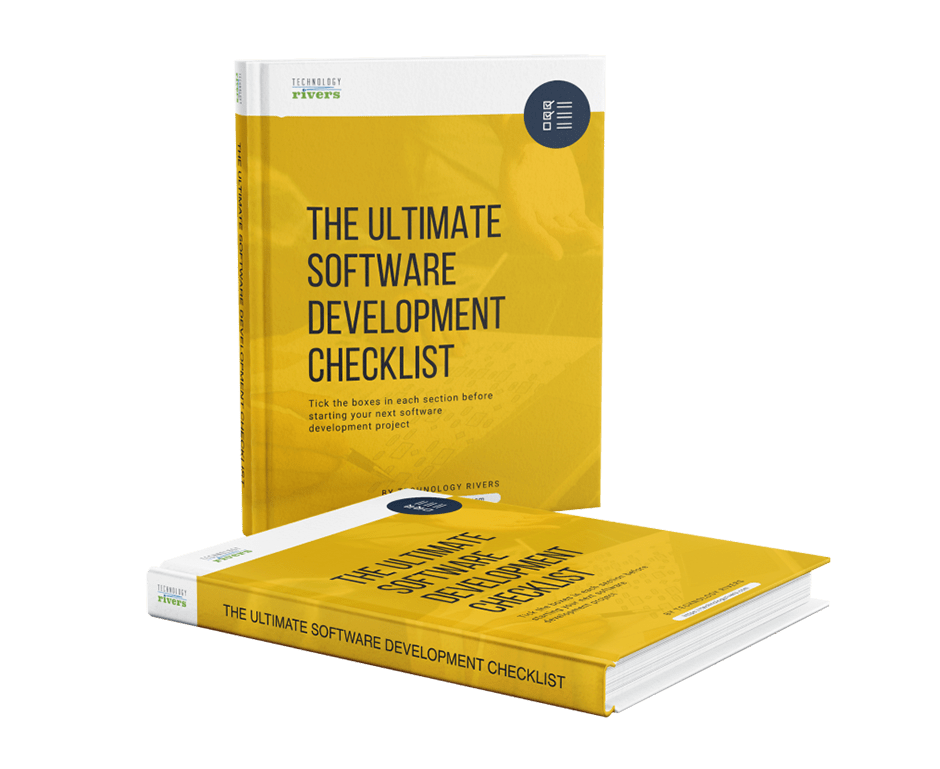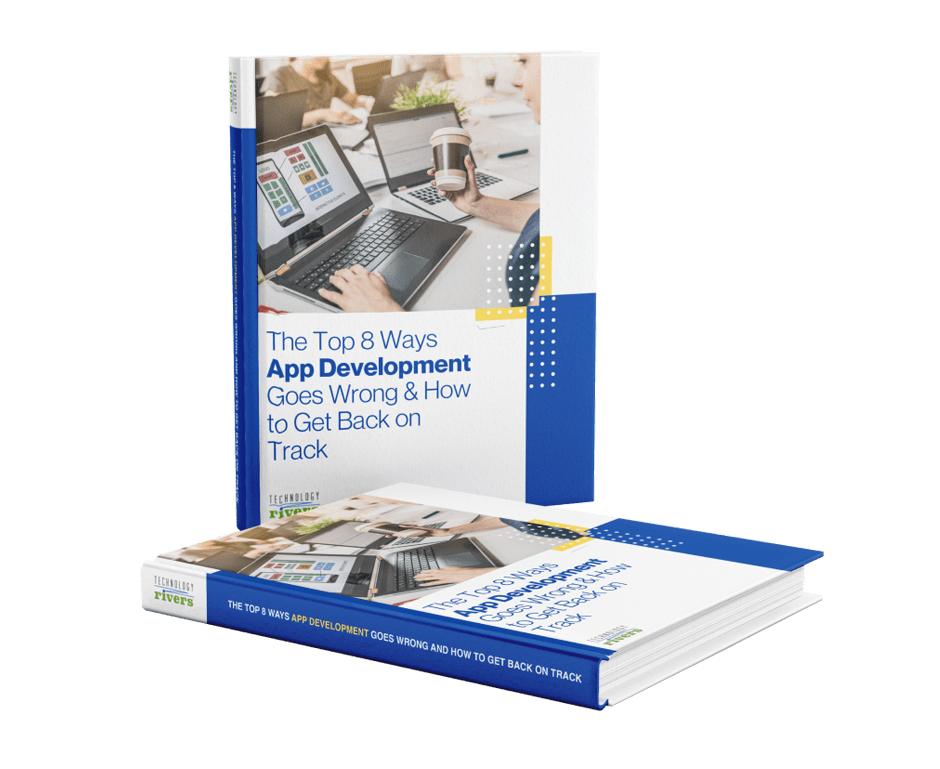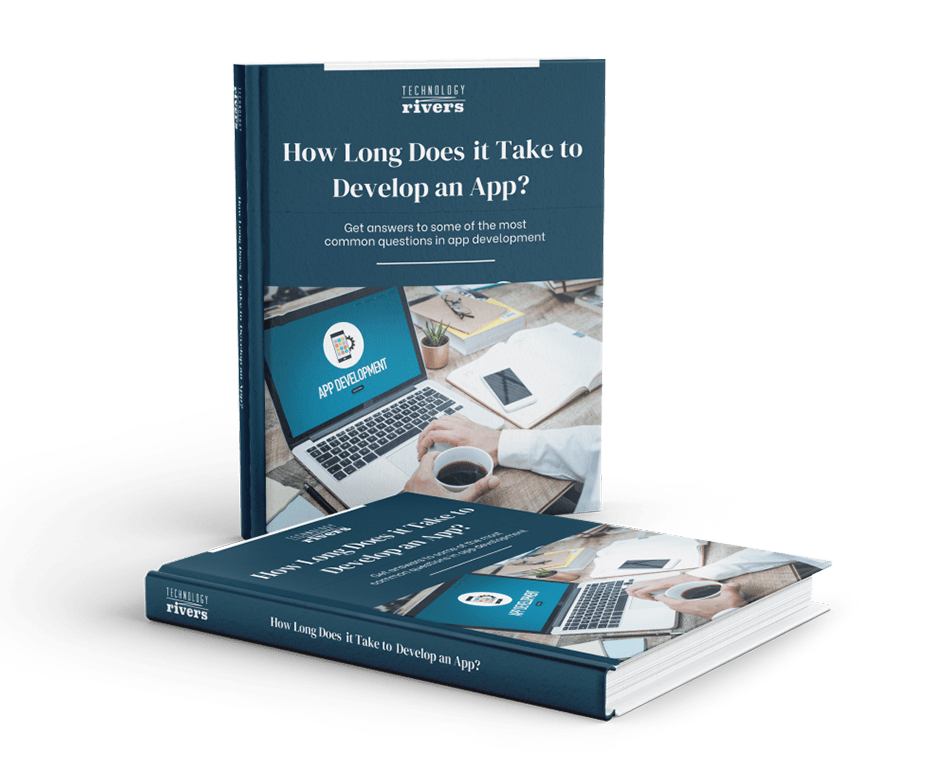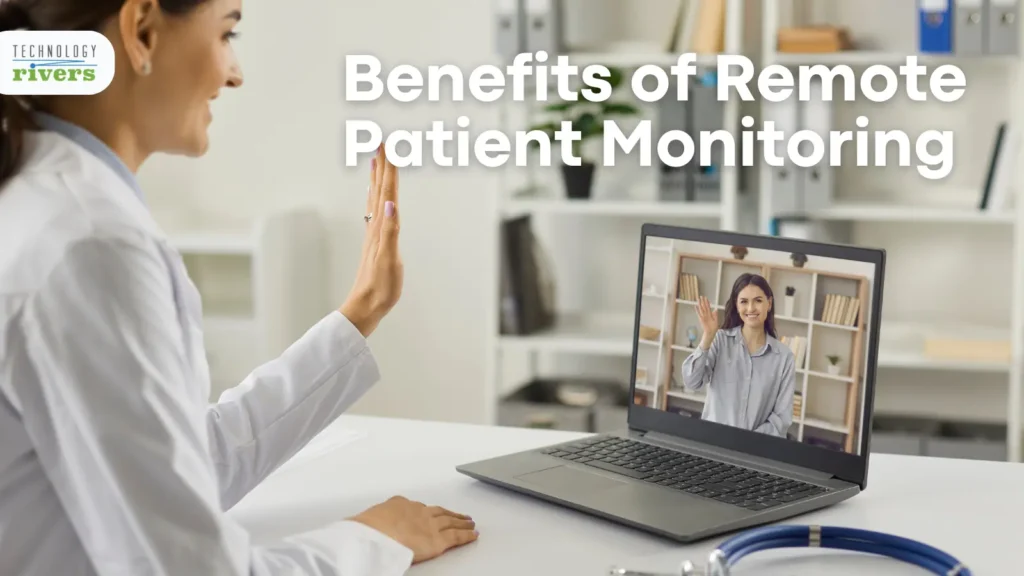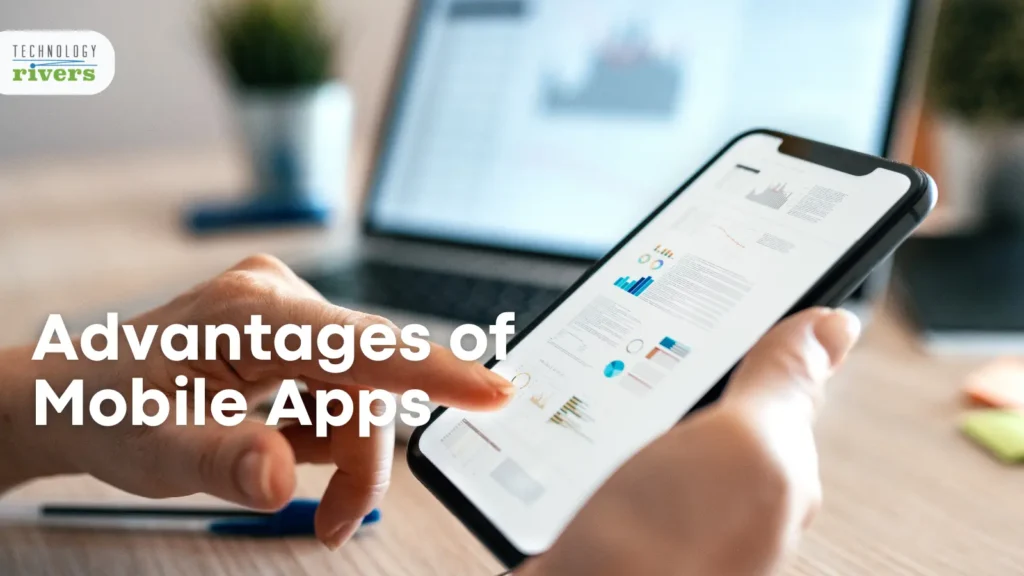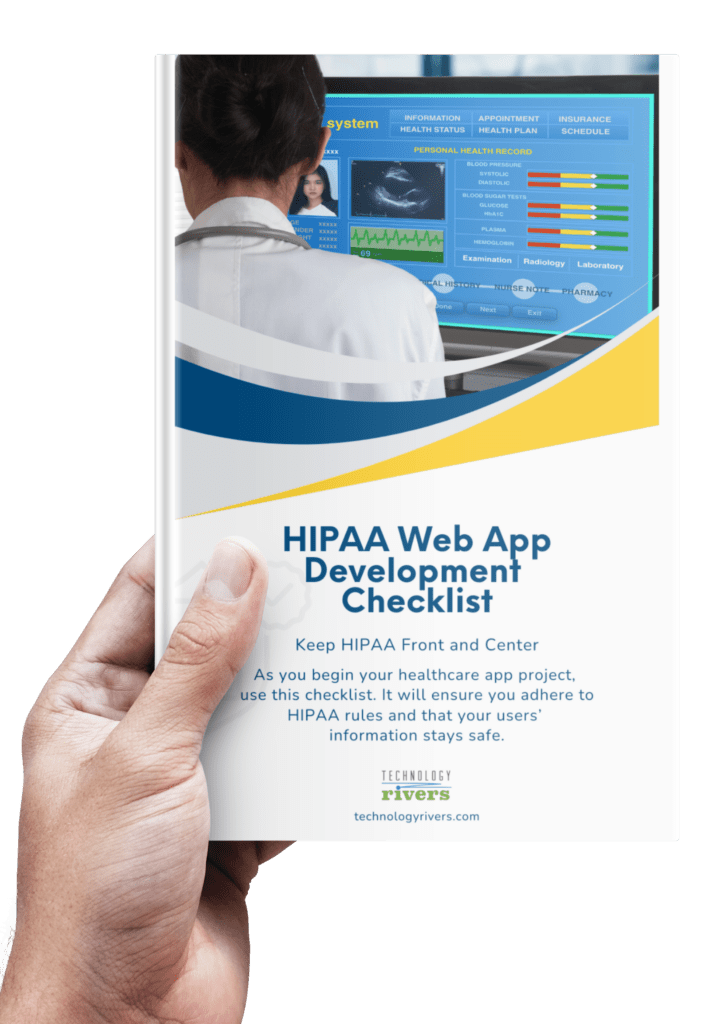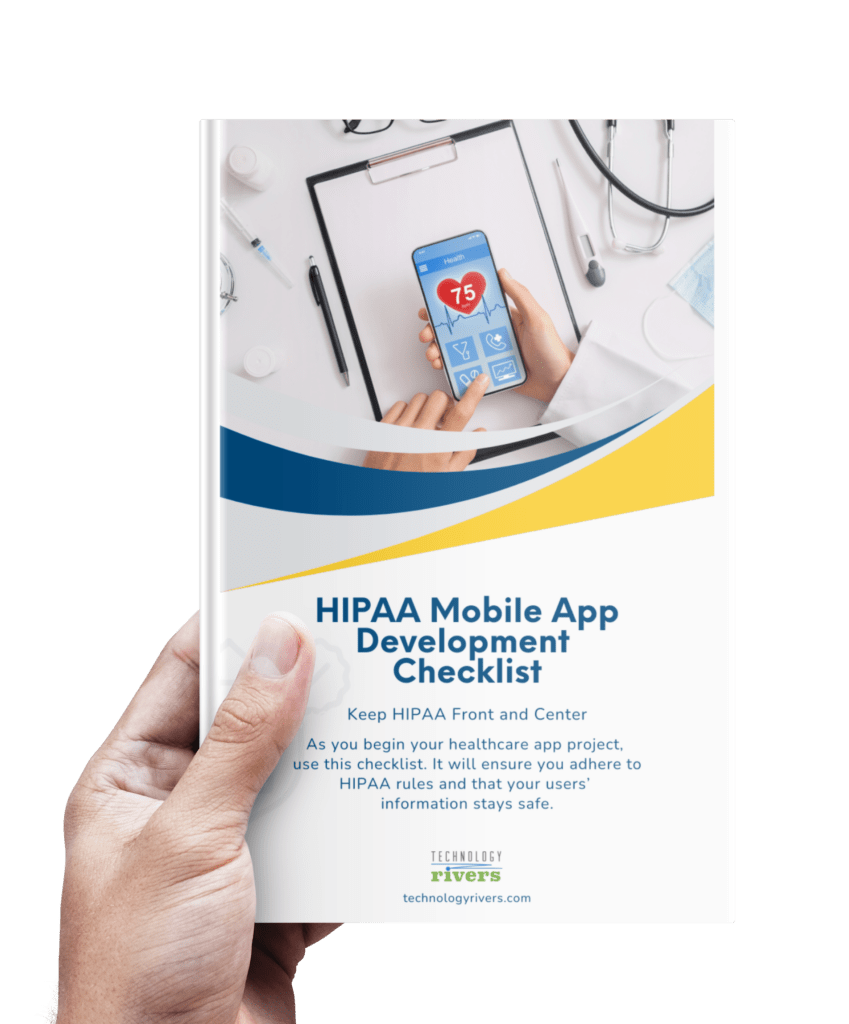Blogs » The Top 5 Mobile App Development Model to Choose in 2023
Table of Contents
As technology continues to evolve, it can be difficult for entrepreneurs and product managers to stay up-to-date on the best practices for mobile app development services. With so many different models of development available, it can be daunting to decide which one is right for your project. This blog post will explore the various mobile app development models available and discuss which one is the most viable option for 2023.
1. Agile Development Model
The Agile Development Model is a popular iterative approach to software development that emphasizes flexibility and rapid development. It’s based on the Agile Manifesto, which outlines four core values: Individuals and interactions over processes and tools, Working software over comprehensive documentation, Customer collaboration over contract negotiation, and Responding to change over following a plan.
The Agile methodology is well-suited for short-term projects with tight deadlines, and it’s often used in situations where the requirements are not well-defined and are likely to change. This is because Agile teams work in short sprints, usually, 2-4 weeks, allowing them to quickly respond to changing requirements and deliver working software at the end of each sprint. The Agile development process also encourages collaboration between developers, engineers, and product owners, which ensures that all stakeholders are equally invested in the success of the project.
However, this model also has its limitations. Agile development can be challenging to implement due to its fast pace and ever-changing environment. It also requires extensive communication between teams and stakeholders, which can add extra time and effort to a project timeline. It also requires a high level of trust and collaboration between the team members, and it may be challenging to achieve this in some organizations.
2. Waterfall Development Model
The Waterfall Development Model is a traditional linear approach to software development that follows a sequential process where each phase of the project must be completed before moving on to the next one. The phases are typically: Requirements gathering and analysis, Design, Implementation, Testing, Deployment, and Maintenance.
The Waterfall methodology is well-suited for larger projects that have a clear and well-defined set of requirements, and a longer timeline. This is because it allows teams to focus on one task at a time, and it’s easy to track progress and budget. Additionally, it also allows for more structured planning prior to execution, which is beneficial for projects that are well-defined and have a clear set of objectives.
However, this method has its limitations as well. The rigid structure of the Waterfall model does not allow for much room for changes or modifications once the project has begun. This can make it difficult to adapt to changing requirements and can lead to delays and additional costs if changes are needed mid-project. Additionally, it also lacks feedback mechanism during the development process, and it may lead to a lack of understanding of customer needs and requirements.
3. Hybrid Development Model
The Hybrid Development Model is a flexible approach to software development that combines elements of both Agile and Waterfall methodologies. It is often used in complex projects that require a balance of both speed and structure.
The Agile methodology is known for its flexibility and ability to adapt to change, making it well-suited for the development and testing phases of a project. Agile teams work in short sprints, allowing them to quickly respond to changing requirements and deliver working software at the end of each sprint.
On the other hand, the Waterfall methodology follows a linear, sequential process where each phase of the project must be completed before moving on to the next one. This approach ensures that all requirements are identified and understood before development begins and that the project stays on schedule and on budget.
In the Hybrid Development Model, teams can take advantage of the best practices of both Agile and Waterfall methodologies by using Agile for development and testing, and Waterfall for project management and documentation. This approach allows teams to move quickly during the development phase, while still maintaining the structure and predictability of the Waterfall model. Additionally, it also allows for better tracking of progress and budget as well as a better flow of information.
4. Lean Development Model
The Lean Development Model is a software development approach that is based on the principles of Lean Manufacturing and Lean Startup. The main focus of this model is to quickly create and test Minimum Viable Products (MVPs) in order to validate product-market fit and gather feedback from customers. This allows teams to move quickly and make rapid iterations based on customer feedback, which can be especially useful for startups and early-stage projects.
The model is based on the idea of “validated learning” – by creating a minimal version of the product, teams can gather feedback from customers and make data-driven decisions about what features to add or remove, rather than relying on assumptions and guesses. This approach helps to reduce the risk of developing a product that doesn’t meet the needs of the market.
The Lean Development Model also emphasizes the importance of continuous improvement and efficiency. It encourages teams to focus on building the most important features first and to regularly reassess their priorities based on customer feedback. This helps teams to avoid building unnecessary features and to stay focused on what is most important for the success of the product.
Overall, the Lean Development Model is an iterative and customer-focused approach to software development that can help to reduce risk and improve the chances of success for startups and early-stage projects.

5. Scrum Development Model
Scrum is a specific framework for implementing Agile development. It is a lightweight process framework that is often used for managing complex projects, and it combines elements from both Agile and Waterfall methodologies.
Scrum encourages shorter sprints where specific tasks are completed within set deadlines. This allows teams to focus on delivering working software in incremental stages, and it also allows them to adapt their plan as needed based on feedback from stakeholders or customers.
In Scrum, the team is self-organizing, cross-functional, and self-managing, and it’s led by a Scrum Master. The Scrum Master’s role is to facilitate the process, remove any obstacles that might arise, and ensure the team stays focused on its goals.
Scrum also encourages open communication between teams so they can stay focused on completing tasks rather than worrying about larger-scale problems that may arise during the execution or implementation phases of a project. This is achieved through regular meetings such as daily Scrum meetings, Sprint Planning, Sprint Review, and Sprint Retrospective.
Conclusion
Choosing the right Mobile app development services model depends largely on your team’s goals, timeline, resources, budget, and experience level with various frameworks/methodologies. Each model has its own set of pros and cons so it’s important to weigh all factors before committing to one particular methodology over another. For most projects in 2023, Scrum seems like the best fit due to its combination of Agile & Waterfall principles while still allowing room for change & adaptation as needed throughout the process—making it an ideal choice for any business looking to develop an app quickly & efficiently while still maintaining quality control & customer satisfaction standards along the way.
Start your software development journey right with a company that enables you to create remarkable solutions quickly and efficiently. Our experienced team of professionals provides the perfect platform for startups looking to capitalize on their innovative ideas! Contact us today, and let our high-performance workforce take care of building an outstanding product.

